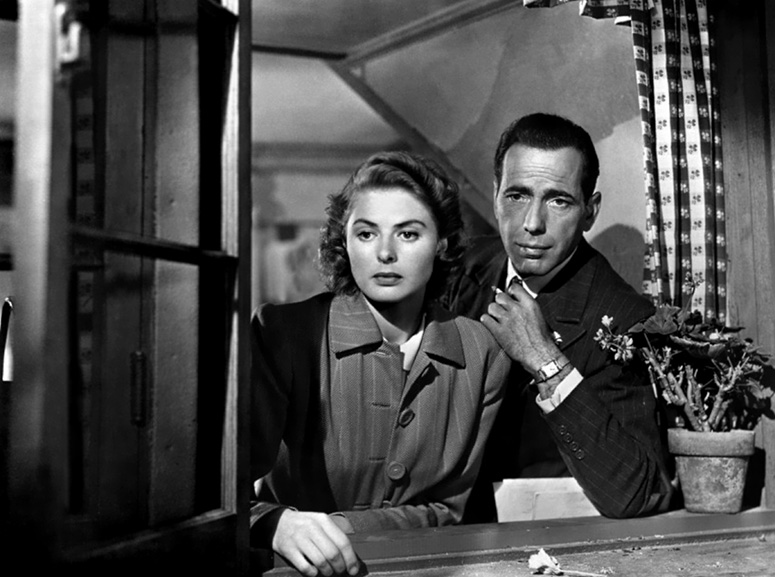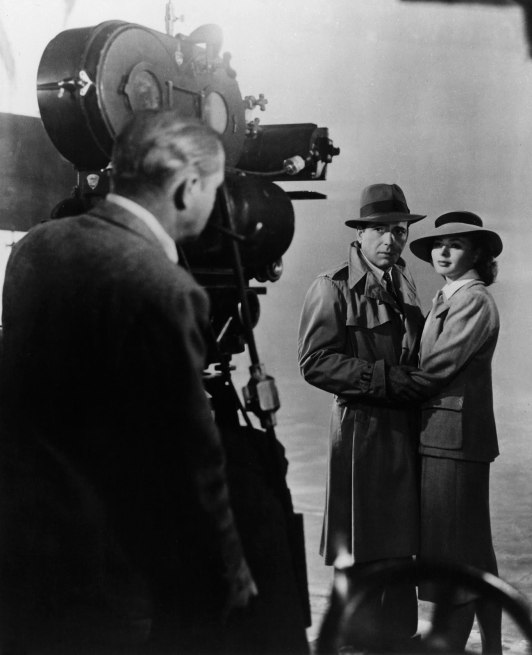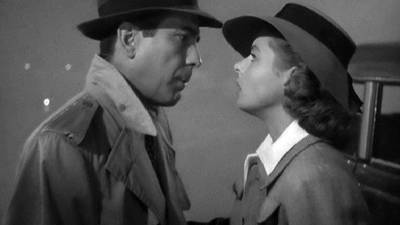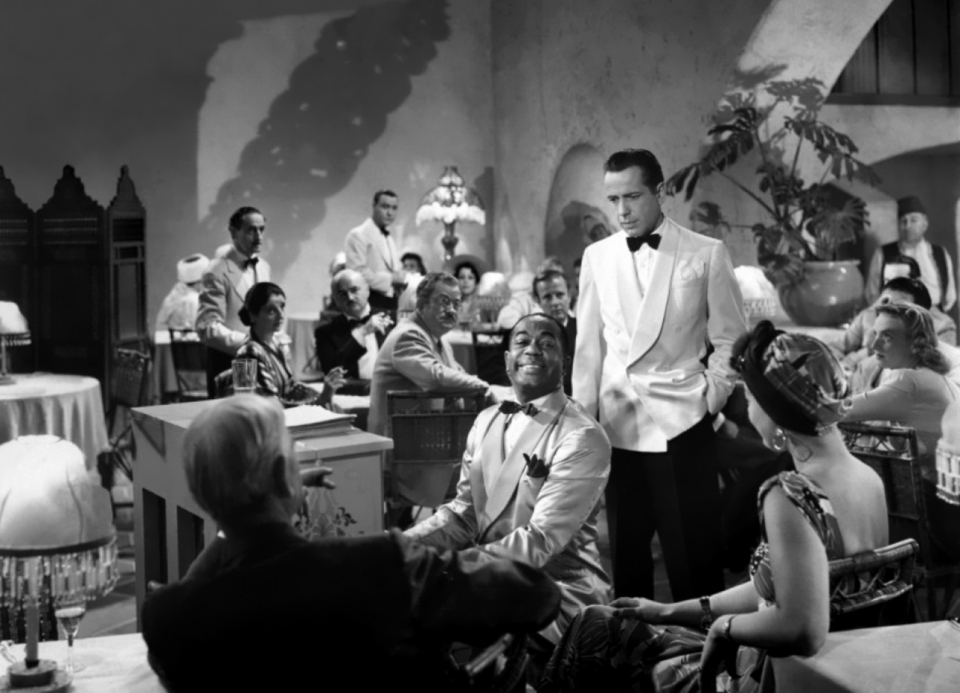Home » Posts tagged 'Sydney Greenstreet'
Tag Archives: Sydney Greenstreet
CASABLANCA

For our weekly cultural article, we will be looking at the film Casablanca. Released in 1942, Casablanca delves deeply into themes of morality and human sacrifice, tentatively exploring both the good and bad aspects of humanity.
BACKGROUND

The American Film Institute ranks Casablanca as the second greatest film of all time (ranked behind Citizen Kane).
The fact that Casablanca is still so revered, even after seventy-five years, is nothing short of a miracle. The film was made on a tight budget in the style common to the studio system of the time, having been made on set with a studio director, studio writers, and studio actors.
Its script has been voted by the Writers Guild of America as the greatest ever written. That, too, is a miracle. The script was based on a play that was never performed: “Everybody Comes to Rick’s”, by Murray Burnett (1910 – 1997) and Joan Alison (1901 – 1992). The task of adapting the play to film was given to three separate screenwriters, who completed their task in three different locations. Julius G. and Philip G. Epstein (1909 – 2000; 1909 – 1952) would finish theirs just a few days before filming began. Howard Koch (1901 – 1995), on the other hand, wouldn’t hand his in until filming was well underway.
And even then, scraps of dialogue and scene rewrites were being rushed to the set, the ink still wet on the page.
THE FILM

Perhaps one reason for its long lasting success is its refusal to be categorised. Casablanca is one part war film – being presented against the backdrop of the Second World War, one part love story – Rick Blaine (Humphrey Bogart), Ilsa Lund (Ingrid Bergman), and Victor Laszlo (Paul Henreid) are embroiled in a bitter love triangle, one part political thriller, and one part allegory – presenting both the best and worst aspects of human nature.
Another reason is the stellar cast it boasts: Humphrey Bogart (1899 – 1957) – considered the greatest film star of all time by the American Film Institute, Ingrid Bergman (1915 – 1982) – one of film’s most naturally beautiful women, Claude Rains (1889 – 1967), Sydney Greenstreet (1879 – 1954), Paul Henreid (1908 – 1992), and Peter Lorre (1904 – 1964).
SUMMARY

Naturally, no one thought Casablanca would be a hit, people weren’t even sure if the allies would win World War Two. However, as Alrean Harmetz wrote in Round Up the Usual Suspects: the Making of Casablanca, Casablanca seemed almost destined to be a film classic:
“There are better movies than Casablanca, but no other movie better demonstrates America’s mythological vision of itself – tough on the outside and moral within, capable of sacrifice and romance without sacrificing the individualism that conquered a continent, sticking its neck out for everybody when circumstances demand heroism. No other movie has so reflected both the moment when it was made – the early days of World War II – and the psychological needs of audiences decades later.”
I believe Casablanca‘s long lasting success boils down to its depiction of the goodness of human beings in the wake of great evil. Early in World War Two, Casablanca was Vichy France, and therefore Nazi German, territory. In the film, Casablanca is depicted as a world of corruption, a crossroads where Nazis, members of various resistance forces, criminals, spies, and traitors come together. It is a fascist society where the oppressors imprison millions, where human life is a commodity to be traded for benefits. No one cares about anyone, save for themselves.
The imprisoned respond to their imprisonment in different ways: some fight against it, others try to escape it, and others try to profit from it. In one scene, a man is shot dead trying to escape. He falls under a poster of Marshall Philippe Petain (1856 – 1951), the Chief of Vichy France. We learn he was clutching a Free France handbill.
Desperate attempts to escape to freedom are understandable. But the film also presents us with an array of lowlifes and criminals, and, remarkably, even asks us to express pity for them. Signor Ferrari (Sydney Greenstreet) is a shrewd and callous gangster who, it is suggested, profits from the sale of human beings.
The total disregard for human life is depicted in a scene where Ferrari offers to buy Rick’s friend and piano player, Sam, portrayed by Dooley Wilson (1886 – 1953). Rick refuses, saying “I don’t buy or sell human beings.” “Too bad”, Ferrari replies, “that’s Casablanca’s leading commodity.”
Then there’s Signore Ugarte (Peter Lorre), the North African black market dealer who represents disorganised criminal who profits from the misery of others. Rick ignores his pleas for help as he is arrested for murdering two German couriers in order to steal non-rescindable, French General Marshal Weygand signed, letters of transit.
Ultimately, Casablanca is a film of redemption and human sacrifice. It asks its audience to not only imagine winning the loves of their lives but asks them to imagine giving them up for the greater good.
Rick starts out as a cynical and resentful anti-hero. “I stick my neck out for no one”, he tells us at one point. By the end of the film, he has been transformed into a selfless hero. “It doesn’t take much to see that the problems of three little people don’t amount to a hill of beans in this crazy world”, he tells Ilsa.
In the end, Casablanca shows the power of sacrifice and brotherly love over tyranny and evil. Even when everything is lost, hope can be found among those few human beings who are willing to put their personal needs aside and sacrifice themselves for others.
